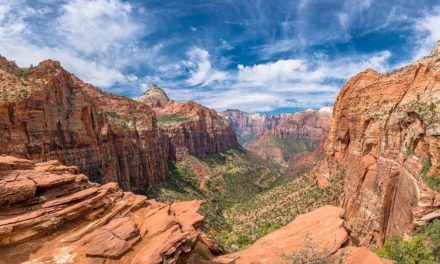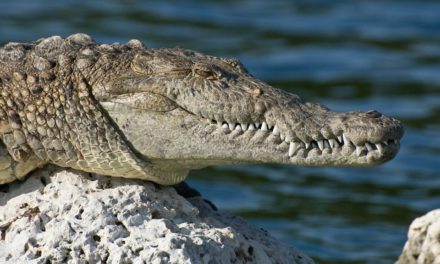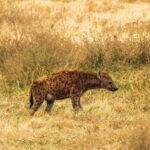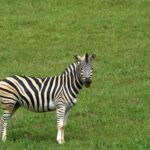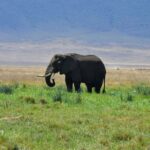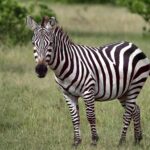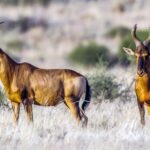Table of Contents
Overview / About the Park
Everglades National Park, located in southern Florida, is the largest subtropical wilderness in the United States. Spanning 1.5 million acres, it’s a vast, slow-moving river of grass, wetlands, and mangroves stretching from Lake Okeechobee to Florida Bay.
The park is a World Heritage Site, International Biosphere Reserve, and Wetland of International Importance all thanks to its incredible ecological diversity.
It’s a place where alligators and crocodiles share the same waters, where manatees glide through mangroves, and where sunsets turn the marshes gold.
Wildlife & Nature
The Everglades host an astonishing variety of wildlife. You might spot American alligators, crocodiles, Florida panthers, West Indian manatees, and river otters.
More than 360 bird species live here, including roseate spoonbills, great blue herons, ibises, and wood storks.
Vegetation ranges from sawgrass marshes and pine rocklands to cypress swamps and mangrove forests, forming one of the most complex wetland systems in the world.
The Everglades also play a vital role in purifying water and supporting South Florida’s water supply, making it both an ecological and human lifeline.
Experiences & Activities
- Airboat Tours: A thrilling way to glide across the marshes and see wildlife up close.
- Kayaking & Canoeing: Paddle through mangrove tunnels and sawgrass prairies on routes like the Nine Mile Pond or Hell’s Bay Canoe Trail.
- Wildlife Viewing: Alligator sightings are common along Anhinga Trail, especially at sunrise or sunset.
- Birdwatching: Visit Eco Pond and Flamingo Marina for colorful waders and migratory species.
- Ranger Programs & Guided Tours: Join educational walks, night hikes, or canoe tours.
- Biking: The Shark Valley Loop Trail (15 miles) offers one of the best cycling and wildlife experiences in the park.
- Camping & Stargazing: Camp under open skies at Flamingo Campground or Long Pine Key.
Best Time to Visit
The best time to visit is during the dry season (December to April).
Temperatures are mild, humidity is low, and wildlife is easier to spot as animals gather around water sources.
The wet season (May to November) brings heavy rain, high humidity, and mosquitoes, but also fewer crowds and lush green landscapes.
How to Reach & Park Entry
Main Entrances:
- Shark Valley Entrance: Off U.S. 41 near Miami.
- Ernest F. Coe Entrance: Near Homestead, leading to Royal Palm and Flamingo areas.
- Gulf Coast Entrance: In Everglades City, gateway to the Ten Thousand Islands.
- By Car: Miami to the Ernest Coe Visitor Center is about one hour.
- By Air: The nearest airports are Miami International Airport (MIA) and Fort Lauderdale-Hollywood International Airport (FLL).
- Entry Fee: $30 per vehicle, valid for 7 days (covers all park entrances).
Where to Stay / Camping Options
- Flamingo Campground: Offers both drive-in and walk-in sites, plus eco-tents with bay views.
- Long Pine Key Campground: Shady, quiet, and great for tents and RVs (seasonal).
- Backcountry Camping: Permits required for canoe-access sites along the coast and interior waterways.
- Nearby Lodging: Homestead and Florida City have several hotels for visitors who prefer comfort.
Travel Tips / Safety Notes
- Bring insect repellent mosquitoes and no-see-ums are strong, especially in summer.
- Stay on boardwalks and trails; wildlife may appear closer than expected.
- Never feed or approach animals.
- Wear light, breathable clothing and sun protection the Florida sun can be intense.
- Keep hydrated and bring snacks, as food options inside the park are limited.
- Check weather forecasts before backcountry trips sudden storms can flood trails.
Packing List
- Lightweight, long-sleeved shirts and pants
- Hat and polarized sunglasses
- Reef-safe sunscreen and insect repellent
- Water bottle or hydration pack
- Binoculars and camera
- Waterproof shoes or sandals
- Snacks or picnic lunch
- Map or offline GPS (limited cell service)
- Rain gear (during wet season)
- Flashlight or headlamp (for camping or night hikes)
Visitor Statistics
Everglades National Park attracts around one million visitors per year. The Shark Valley and Royal Palm areas see the most traffic, while the Gulf Coast and backcountry routes remain quieter and more remote.
Conservation & Responsible Tourism
The Everglades face ongoing threats from invasive species, water diversion, and climate change. Restoration efforts aim to restore natural water flow and protect native species.
Visitors can help by:
- Sticking to designated trails and waterways.
- Avoiding the spread of invasive plants or seeds.
- Using reef-safe products and minimizing plastic waste.
- Supporting park initiatives and local conservation programs.
Everglades National Park is more than just wetlands it’s a living, breathing ecosystem, humming with life and beauty. Paddle through mangroves at dawn, watch herons wade in golden light, and you’ll feel the quiet rhythm that defines this wild, watery world.


